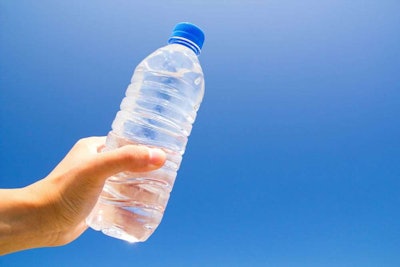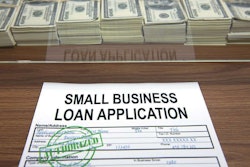
Thousands of workers become ill each year due to heat exhaustion.
In 2012 alone, there were 31 heat-related deaths and 4,120 heat-related illnesses.
To help combat these numbers, the U.S. Department of Labor’s Occupational Safety and Health Administration has launched its Campaign to Prevent Heat Illness in Outdoor Workers for a fourth year.
“Heat-related illnesses can be fatal, and employers are responsible for keeping workers safe,” says U.S. Secretary of Labor Thomas Perez. “Employers can take a few easy steps to save lives, including scheduling frequent water breaks, providing shade and allowing ample time to rest.”
In 2013, OSHA issued 11 heat-related citations, and some of these cases involved the employer and the staffing agency being cited because temporary workers were involved.
What is it?
Heat exhaustion is when hot weather raises body temperatures beyond the level that can be normally cooled by sweating.
The illness can begin as a heat rash or cramps, but can quickly transform into heat exhaustion and heat stroke if not treated.
Additionally, heat exhaustion affects individuals who have not built up a tolerance to heat, or acclimatization.
“Acclimatization is a physical change that the body undergoes to build tolerance to heat, and it is a critical part of preventing heat illnesses and fatalities,” says David Michaels, assistant secretary of labor for occupational safety and health. “Over the past three years, lack of acclimatization was the cause in 74 percent of heat-related citations issued. Employers have a responsibility to provide workplaces that are safe from recognized hazards, including outdoor heat.”
Symptoms of heat stress include sweaty hands, blurred vision, headache, dizziness, nausea, loss of dexterity, decreased reaction time, lapses in judgment and irritability.
Getting prepared
OSHA provides a variety of educational materials in English and Spanish. View the English version here and view the Spanish version here. The organization also produced a curriculum to be used in training, which is also available in English and Spanish.
OSHA also introduced a free application for mobile devices in 2011 that enables workers and supervisors to monitor the heat index at their work sites.
The app displays a risk level for workers based on the heat index, as well as reminders about protective measures that should be taken at that risk level.
Additionally, OSHA released a heat fatalities map that shows heat-related fatalities between 2008 and 2013.
How to prevent heat-related illness
There are a variety of steps contractors and their crews can take before heat-related illness strikes on a jobsite, including:
• Acclimate slowly: It generally takes five days of working at least 1½ hours per day for the body to become acclimated. Check weather forecasts for heat wave information.
• Dress for summer. Lightweight, light-colored clothing reflects heat and sunlight and helps your body maintain normal temperatures. Long sleeves and pants are still necessary to protect your body from flying debris and other safety hazards.
• Wear a hat or sun visor.
• Eat small meals and salty snacks throughout the day.
• Drink plenty of water or other non-alcoholic, non-caffeinated fluids. Your body needs fluids to keep cool, and you should drink them even if you don’t feel thirsty. Drink one pint of water every 15 to 20 minutes in extreme heat. Urine should be clear. If it’s dark, you are probably dehydrated.
• Do not take salt tablets unless specified by a physician.
• Take frequent breaks in shaded or air-conditioned areas.
• Use the buddy system to keep an eye on your co-workers.
• Some medications can make you more susceptible to heat illnesses. Check with your doctor or pharmacist to find out if any medicine you are taking could affect you while working in the heat.
• Do the heaviest work during the coolest part of the day. This is usually between 6 a.m. and 10 a.m.
|
Heat Index |
Risk Level |
Protective Measures |
|
Less than 91°F |
Lower (Caution) |
Basic heat safety and planning |
|
91°F to 103°F |
Moderate |
Implement precautions and heighten awareness |
|
103°F to 115°F |
High |
Additional precautions to protect workers |
|
Greater than 115°F |
Triggers even more aggressive protective measures |
Editor’s Note: Patty Vaughan is the online managing editor for sister site Total Landscape Care.












